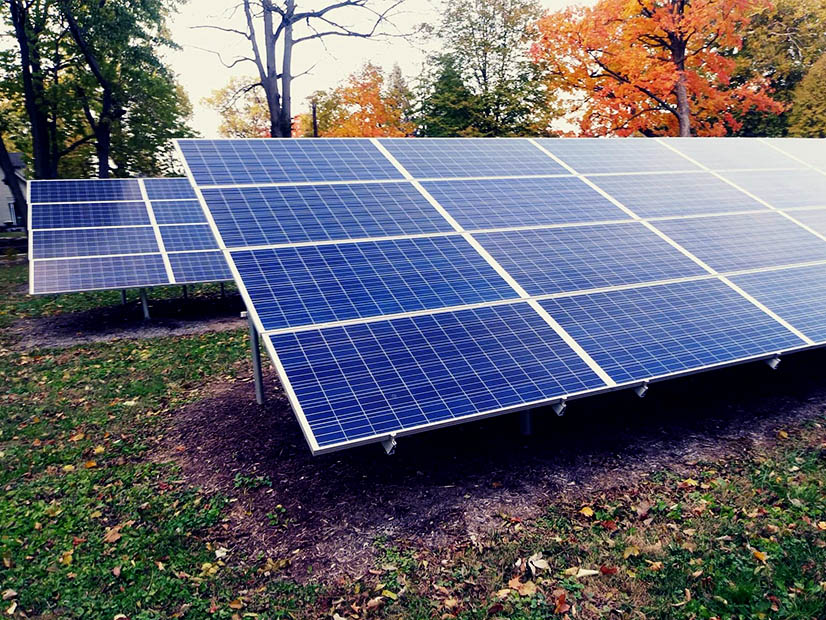None of the major utilities in the Southeastern U.S. are on track to decarbonize by midcentury or even by 2070, according to the Southern Alliance for Clean Energy’s (SACE) fourth annual decarbonization tracking report.
The alliance said that based on the current rate of change, Duke Energy won’t reach net-zero emissions until the next century. It said the Tennessee Valley Authority won’t achieve the emissions target until 2088, with Southern Company, Dominion SC and Next Era Energy decarbonizing in the early 2070s, the report said.
Although all five major utilities have announced net-zero emissions goals, only Duke and Next Era have expressed them in their integrated resource plans.
 SACE emissions forecast of Southeastern utilities | SACE
SACE emissions forecast of Southeastern utilities | SACE
SACE said Southeastern utilities will decarbonize more slowly from 2020 to 2030 than they did from 2010 to 2020.
“This is because utilities are seeing fewer and fewer emissions reductions from replacing coal generation with fossil gas,” SACE said in the report. “Fossil gas has been the dominant fuel in the region for several years, so utilities looking to decarbonize at the pace seen in the 2010s must continue to retire remaining coal plants at a steady pace and replace fossil gas and remaining coal with clean, zero-carbon energy sources like wind, solar, storage and energy efficiency.”
The organization said that current utility resource plans in the region indicate total CO2 emissions will decrease only 15% from current levels by 2030. SACE said utilities would need to cut emissions by 67% by 2030 to help limit climate warming to 1.5°C. That would cut about 105 million tons of carbon emissions annually by 2030, it said.
SACE also warned that “some utilities may see increased emissions in the next few years as high fossil gas prices mean utilities may decide to burn more coal.”
“If utilities had acted sooner, wind, solar and storage projects would have already been underway, avoiding some of this impact,” the alliance said.
SACE said wind and solar generation and energy efficiency measures accounted for 6% of the Southeast’s resource mix in 2020. Solar generation will account for all renewable energy’s gain when it comprises 13% of the mix by 2030.
The report found that the region’s total annual CO2 emissions have dropped about 20% from their peak in 2005, driven mostly by a 35 to 40% reduction in carbon emissions from the electricity industry.
The group said it foresees a troubling increased reliance on natural gas generation in the Southeast. It also said based on Duke Energy and TVA’s announced plans, the last coal units in the region would retire in the 2030-2035 timeframe.
SACE said the Southeast is positioned “first and worst” for climate impacts.
“The Southeast is home to many frontline communities that are already being negatively affected by fossil fuels and the climate crisis. Stronger and more frequent extreme weather events, coastal flooding, poor air quality and unpredictable energy prices are likely to continue to harm our communities,” the organization wrote.
SACE said the region’s decarbonization could pick up if more people become interested in utilities’ integrated resource planning.



